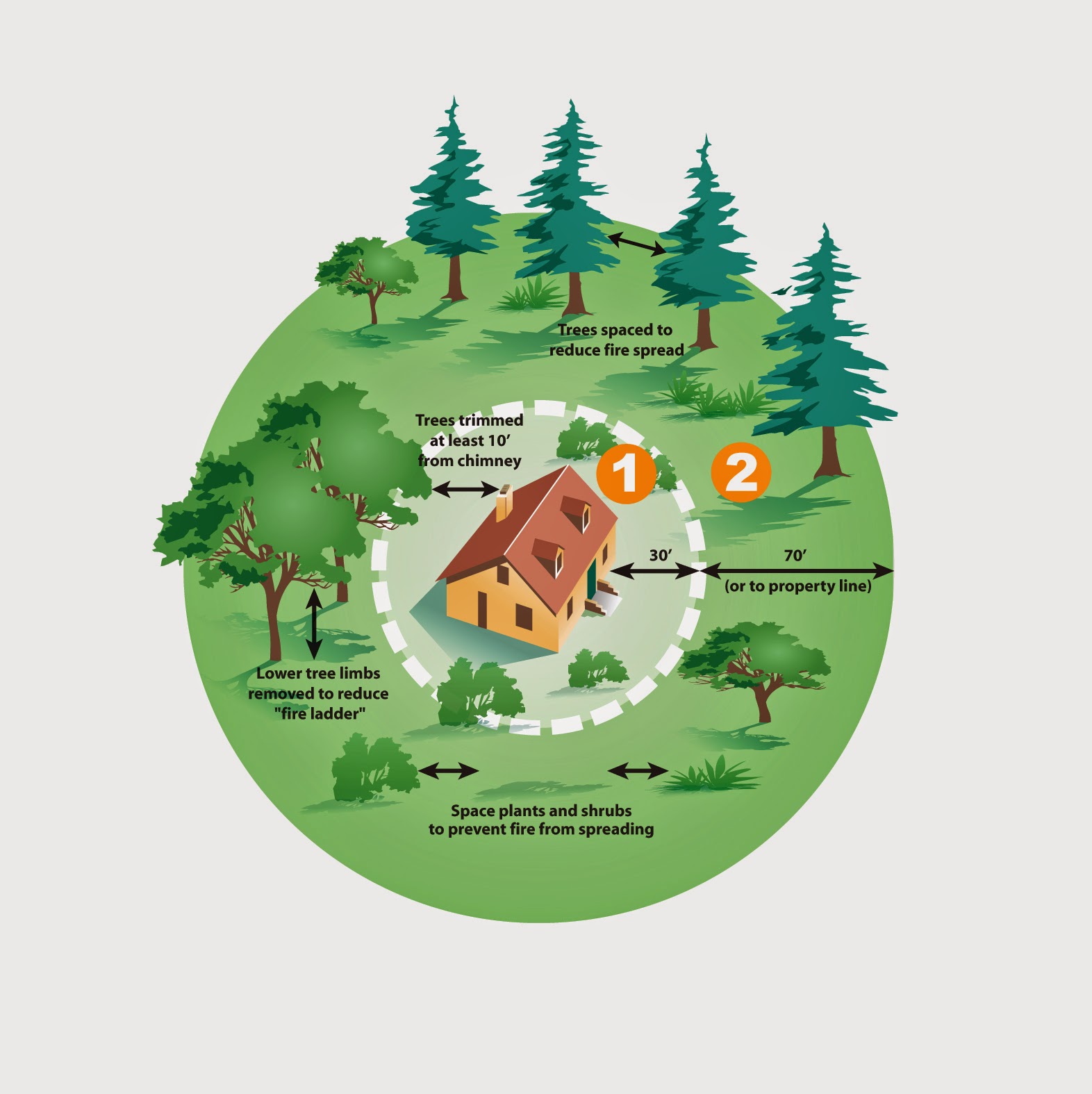 |
| photo courtesy of SeattleTimes.nwsource.com |
Going to pick out a Christmas tree is always an exciting holiday tradition. It’s one my family never really took to though. My father preferred the variety of tree that didn’t drop needles or require watering. Once I had a home of my own, I decided that I wanted a “real” tree from then on – I sought the fresh smells and natural beauty that an artificial tree just can’t provide.
As I perused the tree lots looking for the right tree, I have to admit, it never crossed my mind to think about why the choices are Douglas Fir, White Fir and Scotch Pine for the most part. What makes them the tree of choice to adorn my living room? And once I brought the tree home, what can I do to keep it greener longer?
It turns out, there is an incredible amount of research behind the selection of trees specific for growing as a Christmas tree, and another whole body of research into how trees can behave more to our liking when growing in a tree stand - way more than the time that it takes me to pick out the perfect tree. Just who is doing the research? One such place of research is the Christmas Tree Research Center at the Nova Scotia Agricultural College.
Focusing on the Balsam Fir, one of the main trees grown for Christmas trees in Canada, the Center has focused much of their study on how to keep needles greener longer. This goes well beyond just remembering to put water in the tree stand. The bonuses of this research are many, from the longer duration of freshness of trees in tree lots to how long they can look good in your house.
Needle drop is triggered by the hormone ethylene. Ethylene is the same hormone that is released when an apple ripens. With some manipulation of the hormone, the Center has been able to find some possible solutions to slow down needle drop by half so a tree has a much longer life span. Two different solutions, one taken in through the trunk in liquid and the other in a gas “bath” affect the synthesis of the hormone and also the needle abscission layers from forming.
Other research from the Center has found that white LED lights provide the most benefit over other color spectrums, no lights, or regular incandescent or florescent lights. Needle retention in white LED light was much higher. Blue performed the worst. Additionally, there is more benefit to the tree if you leave the lights on all the time instead of turning them off at night. Consequences to your electrical bill aside, if you want to keep needles on your tree longer, trees do better in the constant light. When they are in the dark, respiration increases and they use up a lot of calories that they aren’t taking in.
Christmas trees and greenery are more than a billion $ industry around the world. There are more than 30 million live Christmas trees sold just in the US every year. Countries like Canada, are spending more to help the industry find solutions and eventually hope to create the perfect Christmas tree, or at least a much improved one. New Mexico State University’s Christmas Tree Research Program has done extensive work on tracking the provenances of many commonly used trees and has introduced a tree to the industry that does better in the climate of the SW. Some other institutions, such as Oregon State University’s College of Forestry research genetics, fertilization and disease management.
Picking out the right Christmas tree for your home can be a science in itself for you and your family. No matter how you go about doing your research and making a selection, it is fun to know some of the institutional science that has gone on behind the scenes to keep this long-standing tradition going. Oh, and keeping ripening fruit away from your Christmas tree is recommended. Who knew?
Tip: Charlie Brown Christmas trees can solve that search for perfection. There is no bad-facing side to one of these trees because they are all irregular. You can get away with just hanging one ornament and no lights. In Charlie Brown’s world you don’t even need a tree stand, just some planks of wood!




